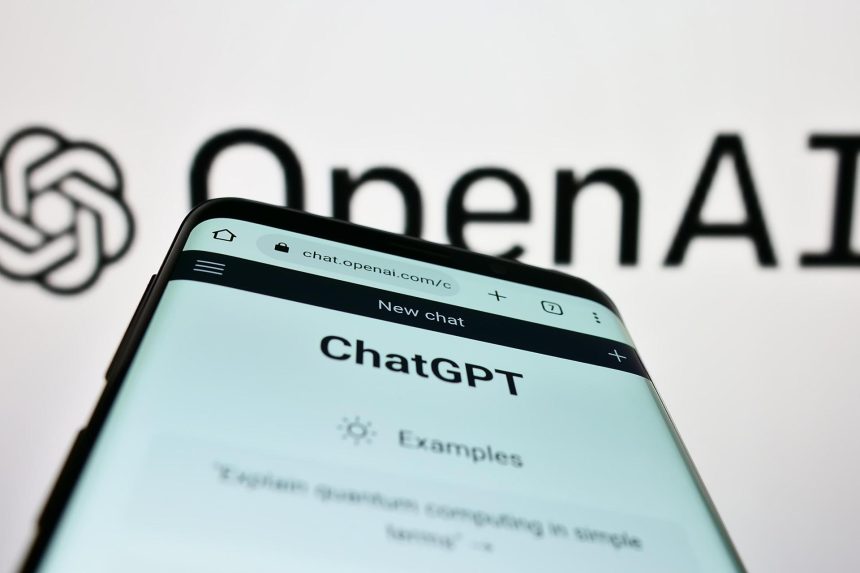The rise of AI-powered chatbots like ChatGPT has revolutionized the way we interact with
technology and also the way we think. These advanced language models have made it possible
for machines to understand and respond to human input in a more natural and conversational
way, almost as if you were talking to your best friend. However, as with any new technology, the
increased adoption of AI-powered chatbots also introduces new cybersecurity risks and threats.
The Risks of AI-Powered Chatbots
AI-powered chatbots have the potential to new digital risks, including:
– Social engineering: Chatbots can be used to launch sophisticated social engineering attacks,
tricking users into divulging sensitive information or clicking on malicious links.
– Phishing: Chatbots can be used to send personalized and convincing phishing messages,
making it harder for users to distinguish between legitimate and malicious communications.
– Data poisoning: Chatbots can be vulnerable to data poisoning attacks, where malicious data is
fed into the model, compromising its accuracy and integrity.
Actionable Takeaways:
● Do not feed chatbots with personally identifiable information [PII] such as name, address,
etc.
● Ensure that you use verifiable chatbots. Chatbots that are not verified may be stealing
your data.
● Download chatbots (if need be) from secure websites. Downloading from a non-secure
could mean that you could be downloading malware or a virus.
By acknowledging the double-edged sword of AI-powered chatbots, we can work towards a
safer and more secure digital future.
–
Article by: Theresa Adu Gyamfi | univers.ug.edu.gh




